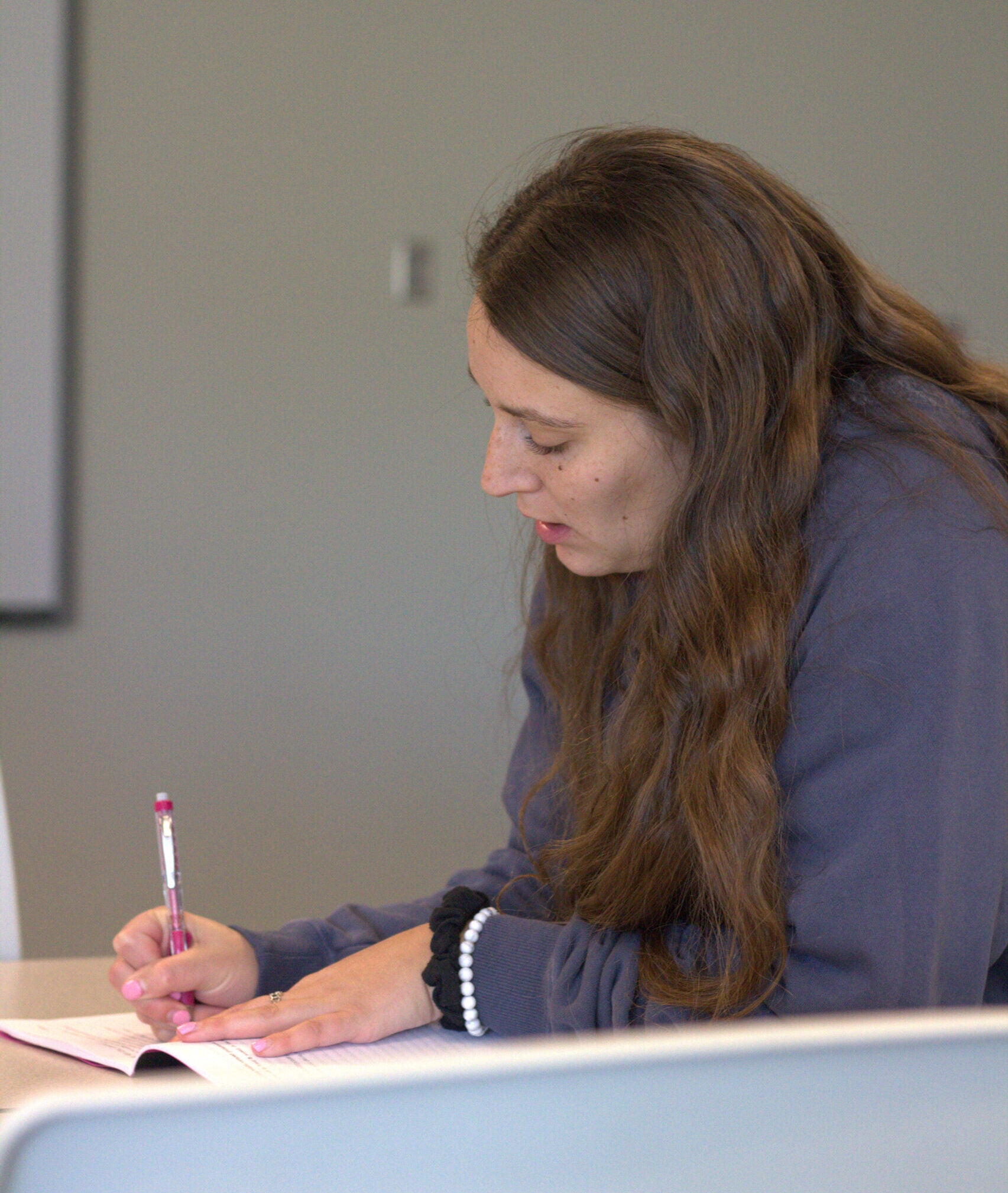
The assessment of student learning happens at both the program and course level–and often is most effective when both approaches inform each other. In a recent workshop, “Fueling Program Assessment with Existing Course Level Data”, Todd Otanicar, Chair of Mechanical and Biomechanical Engineering (MBE), and Amy Spurlock, Associate Divisional Dean and Chief Nursing Administrator, School of Nursing (SON), shared how their programs use course level assessments to provide their faculty with information about how students are achieving their programs’ learning outcomes.
Recommendations from that session include:
Identify courses that align with PLOs
- Use the Curriculum Map to identify courses that align with the PLO being assessed. In MBE, faculty review the course map at the annual faculty retreat, to identify which courses align with the PLOs they will be assessing that year.
Identify course level assessments that provide evidence of PLO achievement
- Otanicar recommends that faculty “fight the drift”, that is, drawing all of the course based assessment from one summative course (like senior design). This not only helps to avoid over burdening the instructor of that course, but also gives program faculty a better understanding of how students develop their knowledge/skills throughout the curriculum.
- Similarly, SON uses assessments from courses at each level of student development (beginning, developing, mastery) to monitor student learning throughout their program.
Analyze student performance on those assessments
- In SON, faculty complete a survey at the end of semester describing how students performed on the course level assessment. That information feeds into a dashboard that collects student achievement of the PLOs, which is reviewed by a committee of faculty charged with monitoring student learning across the program.
- In MBE, a committee of faculty reviews samples of student work submitted by program faculty, using a Program Learning Outcome rubric that the faculty co-created.
Use that information to improve student learning
- Faculty in MBE track student performance over time to determine if the results of their annual assessment align with their student learning goals, and if not, whether they need to make an immediate change to a course/the curriculum, or flag it for discussions later.
- In SON, faculty regularly use assessment data to make needed adjustments at both the course and curriculum level. SON faculty are currently discussing the possibility of raising their benchmarks for student performance, given their evidence that students are meeting their current level of expectation.
If you are interested in learning more about the assessment processes in other departments at Boise State, check out the examples on the Program Assessment Reporting website. You can also email programassessment@boisestate.edu to request a consultation on how to apply these ideas to your program.